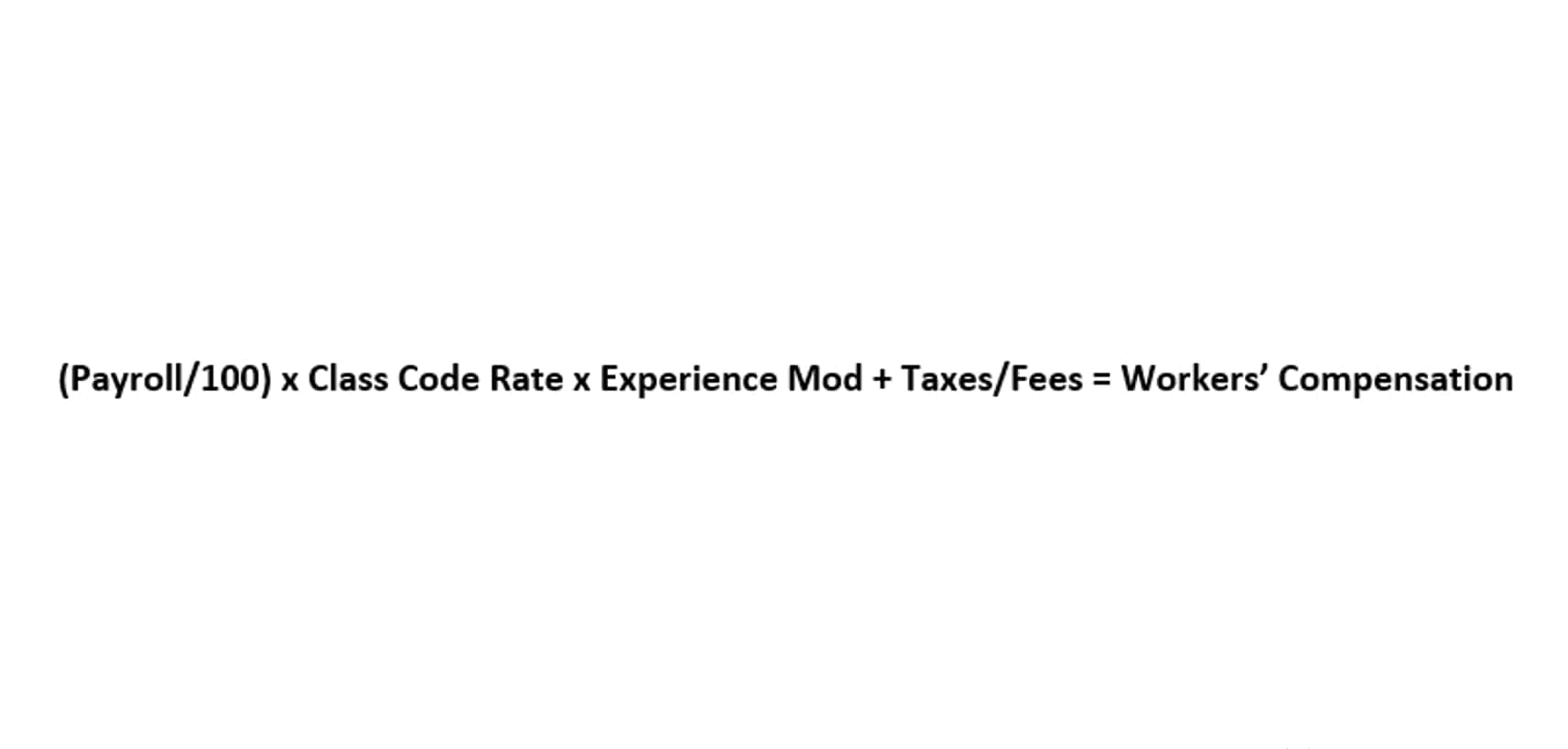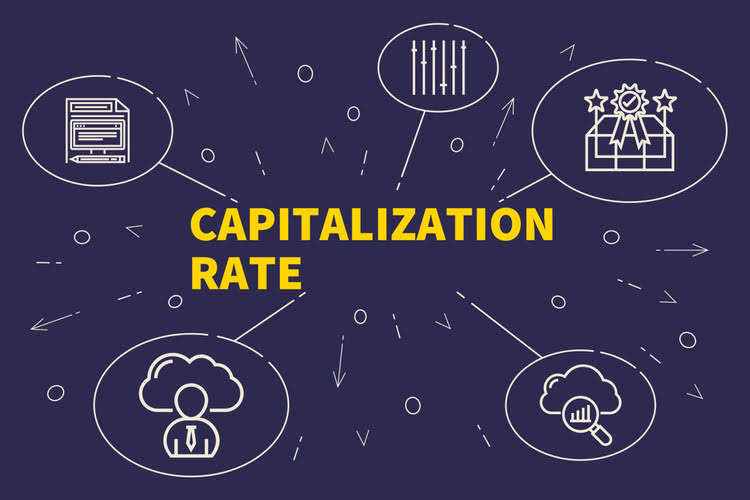How to Calculate a Predetermined Overhead Rate
Besides his extensive derivative trading expertise, Adam is an expert in economics and behavioral finance. Adam received his master’s in economics from The New School for Social Research and his Ph.D. from the University of Wisconsin-Madison in sociology. He is a CFA charterholder as well as holding FINRA Series 7, 55 & 63 licenses. He […]

Besides his extensive derivative trading expertise, Adam is an expert in economics and behavioral finance. Adam received his master’s in economics from The New School for Social Research and his Ph.D. from the University of Wisconsin-Madison in sociology. He is a CFA charterholder as well as holding FINRA Series 7, 55 & 63 licenses. He currently researches and teaches economic sociology and the social studies of finance at the Hebrew University in Jerusalem. Once you have an industry average, you can adjust it to fit your specific business needs.
All inputs in the calculation are estimates.
- Predetermined overhead rate is the estimated overhead that will allocate to each product at the begining of accounting period.
- The agency can then compensate for this loss by charging their clients this higher rate.
- The cost of your office rent would be considered overhead because it’s something you have to pay regardless of how many t-shirts you sell.
- Management analyzes the costs and selects the activity as the estimated activity base because it drives the overhead costs of the unit.
- The downside is that it increases the amount of accounting labor and is therefore more expensive.
- The first step is to estimate the amount of the activity base that will be required to support operations in the upcoming period.
Following are some of the disadvantages of using a predetermined overhead rate. The best way to predict your overhead costs is to track these costs on a monthly basis. Conversely, the cost of the t-shirts themselves would not be considered overhead because it’s directly linked to your product (and obviously changes based on the volume of products you https://www.bookstime.com/articles/cash-short-and-over-account create and sell). Unexpected expenses can be a result of a big difference between actual and estimated overheads. Different businesses have different ways of costing; some use the single rate, others use multiple rates, and the rest use activity-based costing. Fixed costs are those that remain the same even when production or sales volume changes.
- The overhead rate has limitations when applying it to companies that have few overhead costs or when their costs are mostly tied to production.
- A predetermined overhead rate is an allocation rate given for indirect manufacturing costs that are involved in the production of a product (or several products).
- It is equal to the estimate overhead divided by the estimate production quantity.
- The application rate that will be used in a coming period, such as the next year, is often estimated months before the actual overhead costs are experienced.
- Figure 8.41 shows the monthly manufacturing actual overhead recorded by Dinosaur Vinyl.
- The management concern about how to find a predetermined overhead rate for costing.
- It’s important to note that actual overheads are not used in the calculation process.
Should you have predetermined overhead rates for each department of your business?
Departmental overhead rates are needed because different processes are involved in production that take place in different departments. The estimate is made at the beginning of an accounting period, before the commencement of any projects or specific jobs for which the rate is needed. Hence, a suitable rate can be estimated based on the forecasted conditions of the accounting period.
- Here’s how a service-based business, namely a marketing agency, might go about calculating its predetermined overhead rate.
- As a result, management would likely view labor hours as the activity base when applying overhead costs.
- Sales of each product have been strong, and the total gross profit for each product is shown in Figure 6.7.
- By having multiple rates like this, you can achieve a greater degree of accuracy.
- This predetermined overhead rate can also be used to help the marketing agency estimate its margin on a project.
- As you have learned, the overhead needs to be allocated to the manufactured product in a systematic and rational manner.
Calculation of Predetermined Overhead and Total Cost under Traditional Allocation

For the past 52 years, Harold Averkamp (CPA, MBA) has worked as an accounting supervisor, manager, consultant, university instructor, and innovator in teaching accounting online. Our mission is to empower readers with the most factual and reliable financial information possible to help them make informed decisions for their individual needs. While it may become more complex to have different rates for each department, it is still considered more accurate and helpful because the level of efficiency and precision increases. Adam Hayes, Ph.D., CFA, is a financial writer with 15+ years Wall Street experience as a derivatives trader.

A pre-determined overhead rate is the rate used to apply manufacturing overhead to work-in-process inventory. The first step is to estimate the amount of the activity base that will be required to support operations in the upcoming period. The second step is to estimate the total manufacturing cost at that level of activity. The third step is to compute the predetermined overhead rate by dividing the estimated total manufacturing overhead costs by the estimated total amount of cost driver or activity base. Common activity bases used in the calculation include direct labor costs, direct labor hours, or machine hours.

Sales of each product have been strong, and the total gross profit for each product is shown in Figure 6.7. Using the Solo product as an example, 150,000 units are sold at a price of $20 per unit resulting in sales of $3,000,000. The cost of goods sold consists of direct materials of $3.50 per unit, direct labor of $10 per unit, and manufacturing overhead of $5.00 per unit. With 150,000 units, the direct material cost is $525,000; the direct predetermined overhead rate example labor cost is $1,500,000; and the manufacturing overhead applied is $750,000 for a total Cost of Goods Sold of $2,775,000. It’s calculated by obtaining budgeted cost and level of activity, and it’s preferred over actual overheads because estimates can include seasonal variations and other estimates. To calculate the predetermined overhead rate, the marketing agency will need to add up all of its estimated overhead costs for the upcoming year.
Would you prefer to work with a financial professional remotely or in-person?

Once a company has determined the overhead, it must establish how to allocate the cost. This allocation can come in the form of the traditional overhead allocation method or activity-based costing.. Added to these issues is the nature of establishing an overhead rate, which is often completed months before being applied to specific jobs. Establishing the overhead allocation rate first requires management to identify which expenses they consider manufacturing overhead and then to estimate the manufacturing overhead for the next year. Manufacturing overhead costs include all manufacturing costs except for direct materials and direct labor. Estimating overhead costs is difficult because many costs fluctuate significantly from when the overhead allocation rate is established to when its actual application occurs during the production process.
Why You Can Trust Finance Strategists
- However, if the overhead rate is computed annually based on the actual costs and activity for the year, the manufacturing overhead assigned to any particular job would not be known until the end of the year.
- The predetermined rate usually be calculated at the beginning of the accounting period by relying on the management experience and prior year data.
- Unless a cost can be directly attributable to a specific revenue-generating product or service, it will be classified as overhead, or as an indirect expense.
- You can calculate this rate by dividing the estimated manufacturing overhead costs for the period by the estimated number of units within the allocation base.
Of course, management also has to price the product to cover the direct costs involved in the production, including direct labor, electricity, and raw materials. A company that excels at monitoring and improving its overhead rate can improve its bottom line or profitability. For example, overhead costs may be applied at a set rate based on the number of machine hours or labor hours required for the product. Predetermined overhead rates are important because they provide a way to allocate overhead costs to products or services. Prior to the start of the accounting year, JKL Corp calculates the predetermined annual overhead rate to be used in the new year. JKL’s profit plan for the new year includes $1,200,000 as the budgeted amount of manufacturing overhead.







 EN
EN

